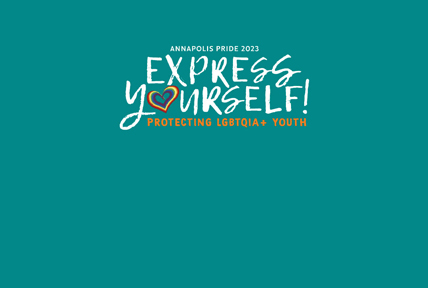
4 minute read
LGBTQ+ PRIDE HISTORY
Lesbian, Gay, Bisexual and Transgender Pride Month (LGBT Pride Month) is currently celebrated each year in the month of June to honor the 1969 Stonewall riots in Manhattan. The Stonewall riots were a tipping point for the Gay Liberation Movement in the United States.
In the United States the last Sunday in June was initially celebrated as “Gay Pride Day,” but the actual day was flexible. In major cities across the nation the “day” soon grew to encompass a month-long series of events. Today, celebrations include pride parades, picnics, parties, workshops, symposia and concerts, and LGBT Pride Month events attract millions of participants around the world. Memorials are held during this month for those members of the community who have been lost to hate crimes or HIV/AIDS. The purpose of the commemorative month is to recognize the impact that lesbian, gay, bisexual and transgender individuals have had on history locally, nationally, and internationally.
Advertisement
In 1994, a coalition of education-based organizations in the United States designated October as LGBT History Month. In 1995, a resolution passed by the General Assembly of the National Education Association included LGBT History Month within a list of commemorative months.
LGBT History Month is also celebrated with annual monthlong observances of lesbian, gay, bisexual and transgender history, along with the history of the gay rights and related civil rights movements. National Coming Out Day (October 11), as well as the first “March on Washington” in 1979, are commemorated in the LGBT community during LGBT History Month.
Information from loc.gov/lgbt-pride-month/about
Pronouns Explained
Pronouns are the words we use to refer to people instead of using their names. Most pronouns are associated with gender. Often we assume gender when referencing a person, and default to the matching set of pronouns.
But you can’t assume everyone’s gender based on appearance or name. This can be offensive or harmful to transgender and nonbinary people. Even if your assumption is correct, you are reinforcing the idea that people must look or act a certain way to be a specific gender.
Because there are many cisgender people in the world, cisgender people’s pronouns are respected by default. We live in a reality that includes transgender, nonbinary, intersex and gender nonconforming people. By using people’s correct pronouns you are giving them the same basic courtesy that is given to cisgender people on a daily basis. You are also building an inclusive and respectful space where everyone can safely be themselves.
Some Ways To Help
Even if you are cisgender, state the pronouns you use when you introduce yourself. This normalizes introducing pronouns and makes space for others to do so as well. It also normalizes the idea that we shouldn’t assume anyone else’s gender. If you are unsure of what pronouns someone uses, it is always better to ask what pronouns they use, rather than to assume.
If you use the incorrect pronouns for someone unintentionally, simply correct yourself and move on. If you think you may have hurt or offended someone, you can apologize in person afterwards and let them know that you understand how important it is to use their correct pronouns.
Some people grow to understand themselves better or become more comfortable with sharing their identity over time. If someone you have known for a while asks you to use a new set of pronouns for them, it’s important to do so. They may change what pronouns they use in the future, and ask you to change what pronouns you use for them as well. If you can learn to apply these ideas to your life and to the people you know, you will help make the world a safer place for transgender and nonbinary people! n













